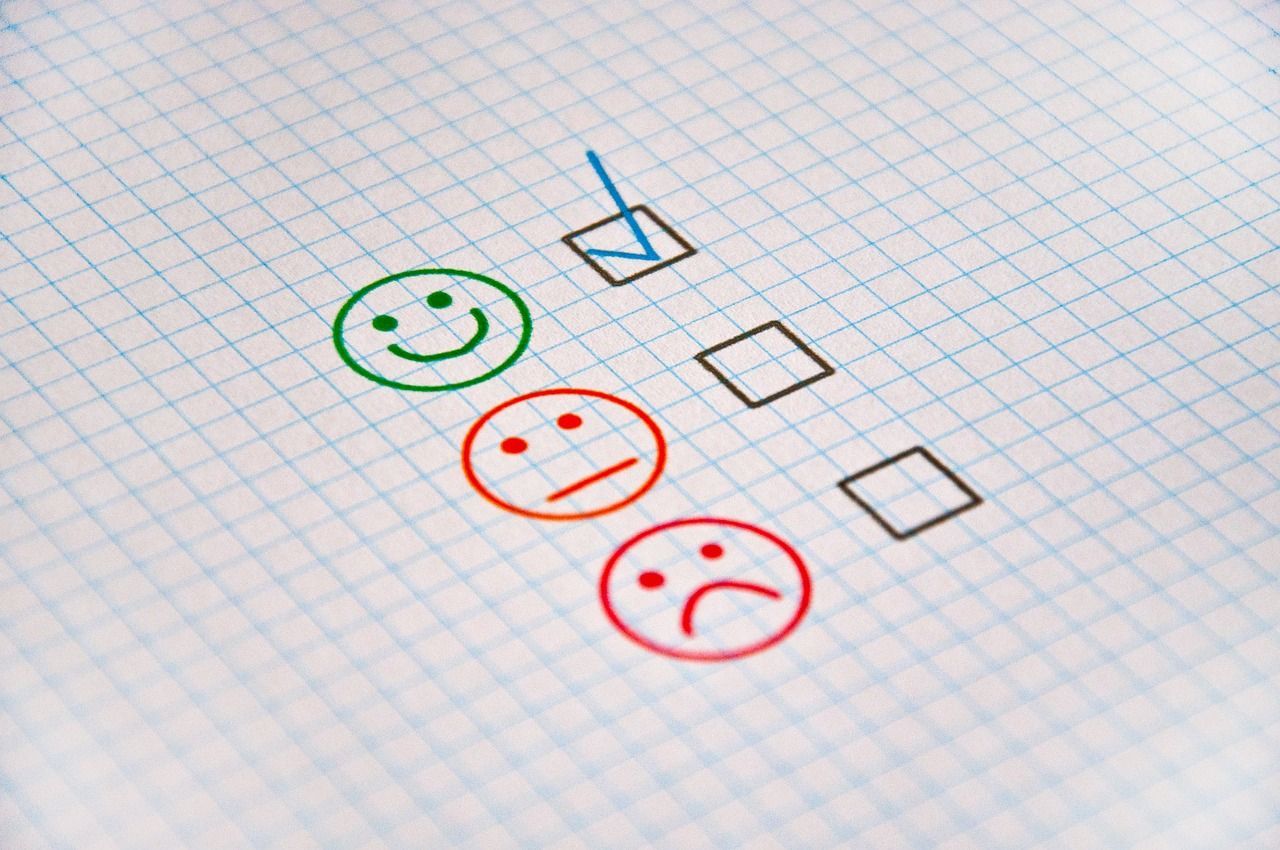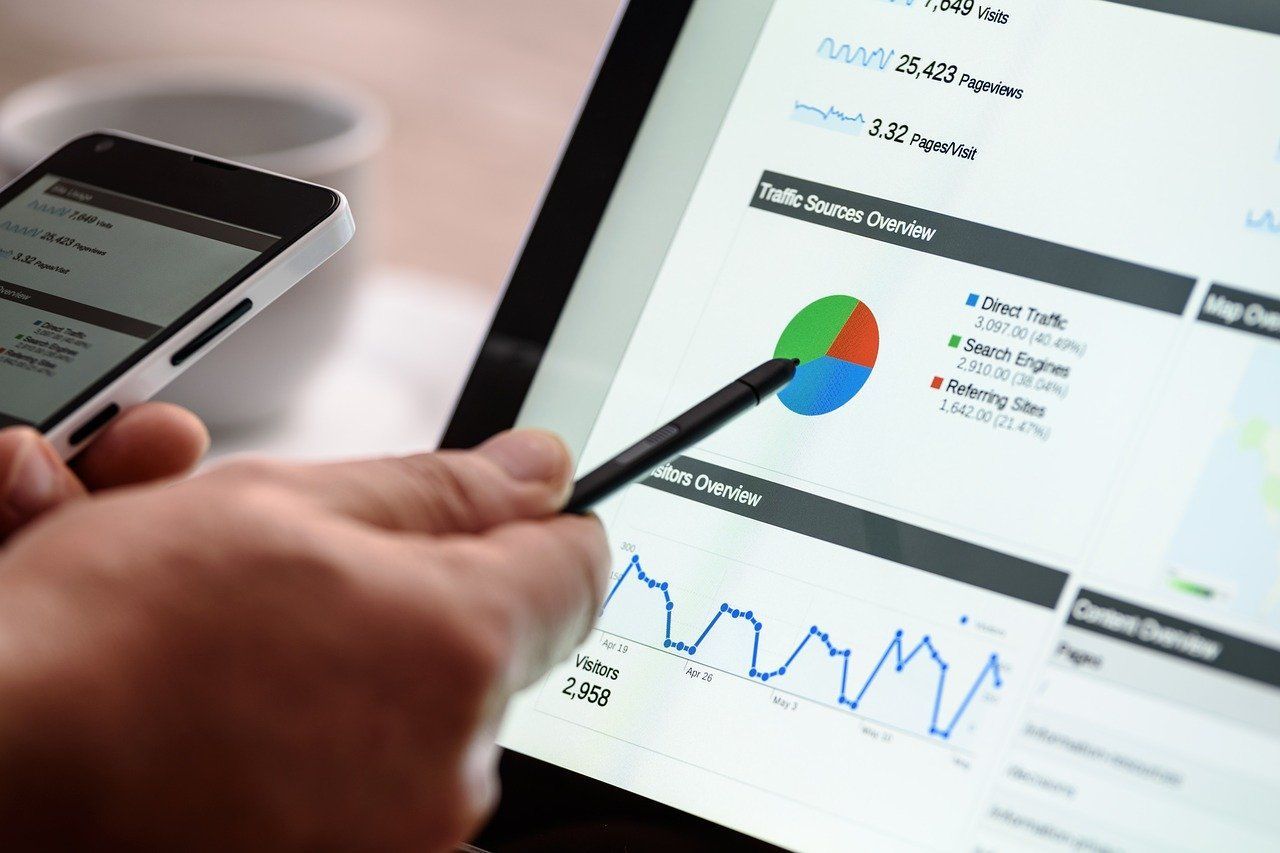How To Create a Facebook Business Page: A Step-by-Step Guide
Facebook is a jack-of-all-trades kind of platform. Sure, you can still use it to chat with your old college roommate and check out your second cousin’s engagement pictures. But these days, most users are just as likely to follow businesses as their actual friends.
That’s great news for companies. But setting up a successful Facebook profile isn’t as simple as entering your business name and email. You need the right content and strategies to build your audience. And a smidgen of technical know-how doesn’t hurt, either.
This practical guide walks you through everything you need to know to create a Facebook business page. It also shares practical strategies and tools to help you engage potential customers.
Why Create a Facebook Business Page?
At first, social media marketing might seem unnecessary. A chore, even. After all, you might already have a large customer base — do you really need to spend your precious time on Facebook?
While it’s natural to feel skeptical, Facebook Business Accounts can offer many benefits, including:
- Ability to connect with customers one-on-one
- Access to a wider audience (3 billion users, to be precise)
- Affordable marketing with organic content
- Greater credibility
- Improved visibility in search engine results
Before you can start enjoying these advantages, you’ll need two things: a personal account and a business page.
Prerequisites: Setting Up a Personal Facebook Account
Facebook requires business owners to create personal profiles before setting up their company pages. Don’t worry. The platform keeps personal and business pages separate, so your customers can’t snoop on your info.
Here’s what you need to do to set up your personal account:
- Go to facebook.com or download the mobile app
- Select “Create new account”
- Enter your information (name, phone number, birthdate, etc.)
- Verify your contact information
Step-by-Step Guide to Creating Your Page
Personal account: check. The next logical question is, “How do I create a business page on Facebook?”
This process takes a little longer, but you can follow these steps:
- In the left panel, click “See more” and “Pages”
- Select “Create new profile or Page”
- Choose “Public Page” and then “Get started”
- Enter your business name and choose the most relevant category, such as “Automotive Store” or “Automotive Service”
- Write a concise biography that sums up what your brand is all about
- Click “Click page”
You’ll also need to enter some basic details, such as hours of operation and location, and so on. Always double-check this information to make sure it’s accurate.
Once you’ve built your page’s foundation, head over to the Meta Business Manager to sync your Instagram account. You can also give other team members posting privileges.
Customizing Your Page
While all Facebook Business Pages follow the same template, the platform does offer a few opportunities for personalization. Take advantage of these features to help your company stand out.
Adding Profile and Cover Photos
Every business needs a profile photo — usually the logo or a product photo. For the cover photo, go for something unique, like a heartwarming snapshot of your team.
You may need to resize your visuals to fit Facebook’s image sizes:
- Profile photos: 320 pixels wide x 320 pixels tall
- Cover photos: At least 300 pixels wide x 150 pixels tall
Setting Up the Call-to-Action Button
Go to “Options” and select “Add action button.” This is where you can add a call-to-action like “Book now” or “Shop now.” This gives your audience an obvious next step after they’re done reading your posts.
Engaging With Your Audience
All social media platforms focus on building community — that’s the “social” part. Here’s how you can use Facebook to make genuine connections with your target audience.
Posting Relevant and Engaging Content
Use your Facebook business page to post content that actually matters to your customers. That probably sounds obvious — no one wants to post boring content — but it’s easier said than done.
Consider surveying your customers to learn about their interests and challenges. For instance, your audience might be eager to watch how-to guides. Or they may want to get to know your team better.
Spend time studying your competitors’ pages, too. Pay attention to which types of content perform best — such as infographics or Reels — and give them your personal spin.
Responding to Comments and Messages
Don’t just post your content and move on with your day. Take the time to actively converse with your audience. That could be as easy as answering their comments (“Thank you for the positive feedback! I’ll pass it on to my team”). You can also encourage users to message you directly with any issues or concerns.
Leveraging Facebook Tools
Facebook offers plenty of free or affordable business tools. These features can help you get the most out of your page and track your progress.
Getting Started With the Meta Business Suite
Facebook and Instagram are sister platforms owned by the same company. The Meta Business Suite lets you manage content for both channels, so you don’t need to duplicate all your hard work.
Here are a few Facebook business tools you’ll find in this suite:
- Bulk upload
- Collaboration features
- Content scheduling tool
- Inspiration Hub that curates posts from similar creators
Analyzing Performance With Facebook Insights
Data analytics can help you learn how to create a Facebook business page that appeals to your target audience. Check out Facebook Insights for all sorts of valuable data about your users, including:
- Audience demographics (age, education, job titles, relationship status, etc.)
- Engagement trends
- Geographic location
- Hobbies and interests
- Most active times on Facebook
Use this data to determine if your page is meeting your business goals or if it’s time to switch tactics. Say, for instance, you’re trying to attract more local customers to your Buffalo business. You’ll know you’ve succeeded when a significant percentage — say, 30% or more — of users are from the city.
Facebook Insights can also help you optimize your business page. By studying your audience’s demographics and interests, you can develop content that actually appeals to them. And be sure to post when your visitors are most likely to be online.
Managing Advertisements With Facebook Ads
While some businesses only use Facebook for organic content, you can reach even more people with paid ads. And no, you don’t need to hire a graphic designer. Thanks to the platform’s convenient templates, anyone can design effective Facebook Ads in literally minutes.
After you’ve launched your first ads, Facebook lets you track your business activity and assess your performance. That way, you can see which ads work and which ones you should tweak.
Best Practices for Growth and Engagement
Learning how to create a business Facebook page is only the first step on your social media journey. You also need to actively nurture your audience. Otherwise, you’ll just be shouting into the digital void when you post.
Experiment with different promotional strategies, such as:
- Hosting fun giveaways
- Inviting email subscribers to follow your Facebook page
- Linking to your socials on your website
- Offering Facebook-exclusive sales
Keep a close eye on your Facebook Insights and monetization data to track your success. This proactive approach will help you adjust strategies on the fly if something just isn’t gelling with your audience.
Invest in Professional Facebook Page Management
Now that you understand how to create a Facebook business page, you’re ready to start building your audience. Our social CRM software can help you share posts and gather more in-depth data about your audience.
But maybe you don’t have the time (or, frankly, the desire) to grow your page. Totally understandable! Optimize Digital Marketing is here to assist with every part of your social media management. Check out our social media packages, or contact our friendly team to learn more!
View Our Latest Posts



